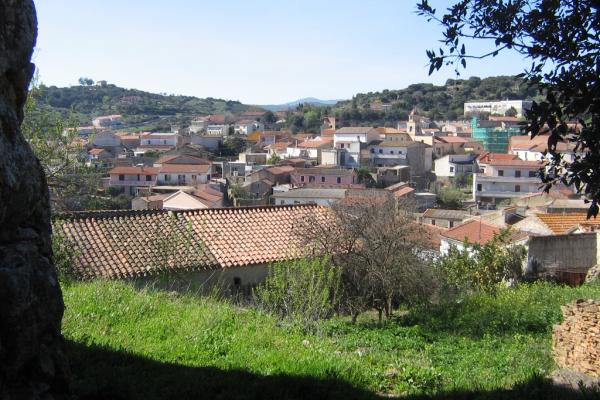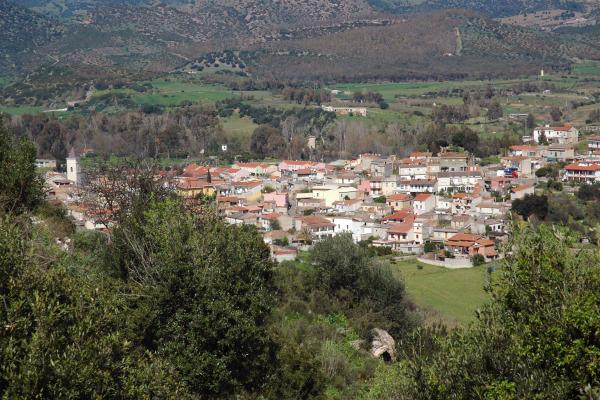A lighting system on the outside and inside the structure emphasizes its shape, amplifies the effects and creates a suggestive atmosphere, especially in the evening. The Armungia nuraghe is a very rare case of nuragic architecture within a town: it rises amidst the rooves of the houses, a few metres from the old town hall, now home to the Sa domu de is Ainas museum, in the north-eastern edge of the town, the 'old part' of Armungia, to which it gives its name. The nuraghe is the most important archaeological feature of the territory, and overlooks the valley of the river Flumendosa: its strategic position may once have controlled the territory, and today it offers a splendid panorama that reaches as far as Gennargentu.

See this place because...
It is the most impressive archaeological evidence of the Gerrei, an indelible trace of the protohistoric origins of Armungia, and the starting point for a long cultural itinerary
Nearby
Partendo dalla SS 131 all'altezza dello svincolo per Senorbì/Mandas, si prosegue nella SS 128 fino a Senorbì e nella SS 547 in direzione di Villasalto. All'uscita di Sant'Andrea Frius si prende la SS 387 fino a San Nicolò Gerrei e quindi la SP 27 fino all'incrocio con la SP 28. Al bivio si svolta a s. per Armungia. Il nuraghe è al centro del paese, a fianco al vecchio palazzo comunale. Il contesto ambientale Il nuraghe è nel centro di Armungia, paese situato nel montuoso Gerrei, allo sbocco di una splendida valle selvosa e rupestre, in posizione di dominio sul Flumendosa. Descrizione L'edificio è un monotorre (diam. esterno m 12) realizzato con filari regolari di blocchi di calcare ben lavorati. Il paramento murario esterno si conserva per un'altezza massima di circa m 10 con 22 filari. La parete d'ingresso al monumento, orientata a S/E, mostra un vistoso restauro finalizzato a reintegrare le strutture murarie asportate e riutilizzate nell'edificazione del vecchio palazzo municipale. L'ingresso così ricostruito (h. m 1,20) immette in un corridoio (lungh. m 4) strombato verso l'interno (largh. m 1,20 presso l'ingresso, m 1,60 sul fondo) e di altezza crescente verso l'ingresso alla camera (m 2,80-3,40). Nelle pareti si affrontano due nicchie (m 1,10 x 2,95 h. m 1,50 nicchia d.. m 0,95 x 2,50 h. m 1,42 nicchia s.). Il corridoio immette nella camera interna a "tholos", circolare (diam. m 5,40) e svettata (h. residua m 8,25 su 31 filari). Sulla parete, a N/E e a S-S/O, si affrontano due nicchie: la prima ha pianta trapezoidale (m 1,90 x 1,40. h. m 2,95), la seconda si prolunga in un piccolo vano di forma ellittica (m 1,45 x 1,90. h. 2,75). Nella parete presso l'ingresso, a s., sopraelevato di circa m 3 sul pavimento, si apre il vano della scala che conduceva al terrazzo. L'ingresso della scala ha sezione ogivale (largh. m 0,95. h. m 2,10), conserva 17 gradini ed è rischiarato da uno spioncino rettangolare. Non essendo stati effettuati scavi stratigrafici, mancano dati certi sulla datazione del monumento, genericamente collocabile nell'ambito dell'età del Bronzo. Le operazioni di rinettatura hanno restituito una fibbia di età bizantina. Area archeologica dell'Armungia
You may also like
Nearby hotels and accommodations















